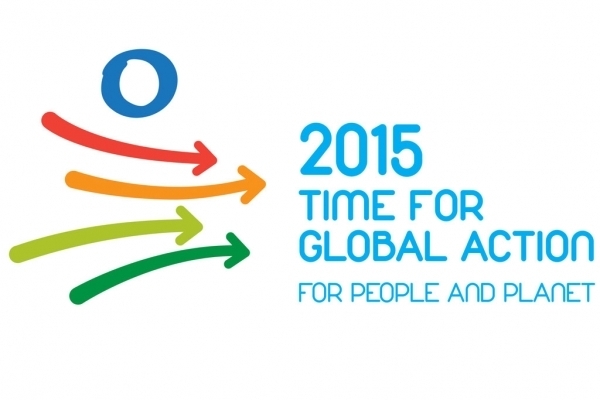 A U. N.-mandated body of experts this week formally
A U. N.-mandated body of experts this week formally
released a full draft proposal for hundreds of unique metrics by which national
governments and local authorities will measure progress on the new Sustainable Development Goals (SDGs).
The release of the draft metrics—
known as indicators — also kicks off a month-long process in which civil
society groups, academics and the private sector are being encouraged to offer
input on any or all of the proposal. That process, which can be accessed here, runs through 7 September.
(Comments from government representatives are being collected through a
different mechanism. Full information is available here.)
Following a multi-year process, the SDGs’ 17 proposed goals and 169 related targets were
agreed upon in final draft form at the beginning of this month. Those are now set
to be finalized by U. N. member states at a major summit in late September
in New York. In so doing, the members will put in place the central piece of a new development paradigm that
will guide anti-poverty and sustainability efforts for the next decade and a
half — and likely well beyond.
Following the goals’ finalization next month, attention will quickly turn to the far more
involved task of implementation and monitoring. That’s where the indicators
will come into play. Currently, each goal and target comes with potential
indicators, to be decided upon early next year.
The indicators are the focus of the new committee, known as the Inter-Agency and Expert Group on SDG Indicators (IAEG-SDGs), made up of national statistical officers, U. N.staffers and others. The IAEG’s technical work will run through November, after
which the body’s recommendations will be taken up by the U. N.Statistical Commission, which will finalize the
indicators in the spring.
The indicators will offer specific
metrics by which national governments and others can gauge how they are doing
in working to attain the broader aims of the goals and targets. For instance,
indicators being proposed for Goal 11, the urban SDG,
include such details as the proportion of the population that lives within 0.5
km of a public transit stop, or the percentage of urban solid waste that’s
regularly collected and “well managed”. (The Goal 11 indicators have been the
subject of two recent piloting tests, with results available here and here.)
Given that the indicators offer the
specifics of what government authorities must actually measure, there is a
strong push to limit the overall number of these measurements. Some are
suggesting that each target should have a single indicator; others are urging
the adoption of just 100 indicators overall.
For this reason, the stakeholder
feedback process that began this week includes a specific priority on gathering
input on potential “cross-cutting” indicators. These would be metrics that
could do double duty, by measuring a single data point that would then help to
inform progress on multiple goals or targets.
One such option is being proposed by
the Sustainable Development Solutions Network (SDSN), a U. N.-mandated group that has been a leading force in
developing the indicators framework. This week, SDSN released an interactive website detailing
a proposal for 100 global indicators, along with suggestions for complementary
national metrics from which country governments would be encouraged to pick and
choose those that are most relevant. For Goal 11, for instance, the SDSN proposal would cut down the 20 indicators under
discussion in the latest IAEG release to just six.
Meanwhile, the process to agree on both
the broad approach and the finer details of the indicators will continue in
coming months, including through iterative public consultations. According to a schedule released last month, the group will collate the
feedback received in coming weeks and come out with a new proposal later in
September, likely in time for the SDGs
summit. Thereafter, another feedback mechanism will open again.
The IAEG, which met in June for the first time, is carrying out most of
its work virtually. Its only other in-person meeting will take place at the end of October in Bangkok.